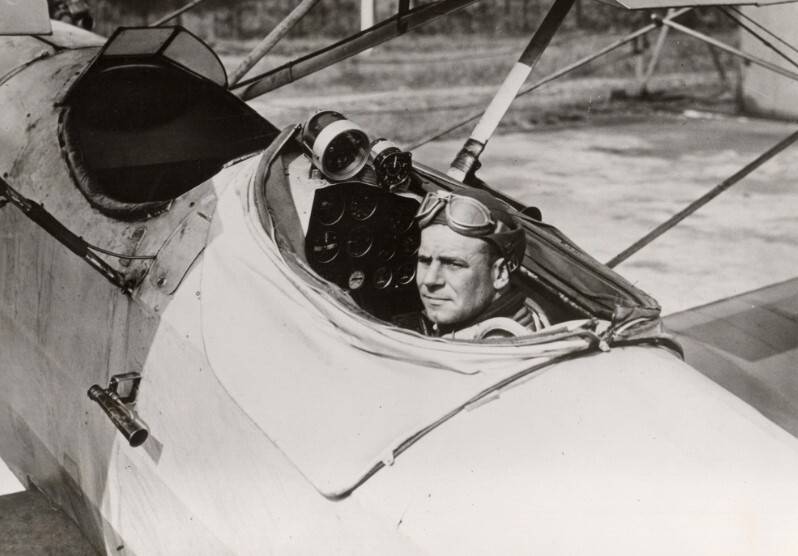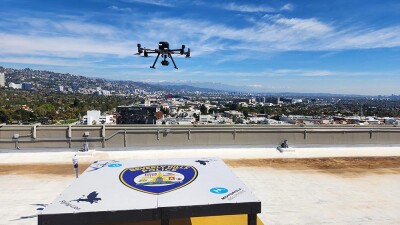In traditional aviation, one of the first things that you learn when you register to obtain your private pilot certificate is to talk like a pilot. The letter N will never be N again, it will be November for the rest of your life. The same applies to numbers, to a lesser extent, where the number 9 will forever be Niner, not nine.
Pilots talk differently and every new student pilot aspires to sound like a professional aviator one day in his/her near future. But why is this language necessary? Well, it is simple, misunderstanding an instruction from Air Traffic Control (ATC) might be the difference between life and death, literally.
Based on the importance of language and extreme clarification in the way aviators communicate with each other, acronyms too play a key role.
During the recent Commercial UAV Expo in Las Vegas, we noticed an alarming number of banners and signs promoting events for first responders using the acronym “DFR” or “Drones for First Responders,” but unfortunately, for this sub-sector of our industry, DFR means Digital Flight Rules.
Since proving the viability of instrument flying by General James H. Doolittle on September 24, 1929, almost to the date 95 years ago, flights all over the world are being conducted under two very specific set of rules:
VFR – Visual flight rules, which require that the pilot maintains a constant view of the horizon and keeps the aircraft clear of clouds at all times. The navigation is done by following terrain features and comparing them to VFR aeronautical charts. Altitude, direction of flight and speed are decided by the pilot as well as the responsibility to avoid traffic.
IFR – Instrument flight rules, allows flight in all kinds of weather and frees the pilot to focus entirely on his/her instruments as it delegates the responsibility of avoiding traffic to ATC, as well as direction of flight, altitude and in most cases speed.
Now, in the year 2024, the uncrewed aviation industry faces a conundrum in which neither of these two ways to conduct aviation operations suits aircraft without pilots on board, and Voila! A new way of flying was born, Digital Flight Rules or DFR.
In a document published by the National Aviation and Space Administration (NASA) in September 2022, the federal agency defines DFR as follows “Under new regulations (Digital Flight Rules – DFR) set requirements for its sustained use, qualified operators employ Digital Flight to enhance their airspace access and operational flexibility in all visibility conditions and eventually all airspace classes without requiring segregation from incumbent operations.”
In other words, drones and eventually pilot-less air taxis or Advanced Air Mobility (AAM) aircraft will fly from Point A to Point B using interconnected communications and data that would eliminate the need to have a visual reference of the horizon (VFR) or instructions from ATC to proceed (IFR).
The NASA report elaborates as follows “Enabled by connected digital information and technologies, Digital Flight operators employ cooperative practices and self-separation to ensure flight path safety in lieu of visual procedures or receiving separation services from Air Traffic Control. Its distributed structure and automated functions enable traffic densities and operational tempos not achievable with the existing operating modes.”
The key words here are “operational tempos” which is a very sophisticated and elegant way to say, thousands of uncrewed aircraft crisscrossing each other in the national airspace (NAS) without hitting each other. These operational tempos are only achievable if the different flights are conducted completely autonomously and in perfect coordination.
But the problem with the confusion between DFFR and DFR starts at the source, the Federal Aviation Administration (FAA) which uses the acronym DFR interchangeably between first responders and flight rules.
We believe it is the responsibility of the FAA to provide guidelines in terms of the language of aviation, especially now that the agency is preparing its Part 108 notice of proposed rulemaking (NPRM) and DFR will be extensively used to allow operations beyond the visual range of the operator.















Comments